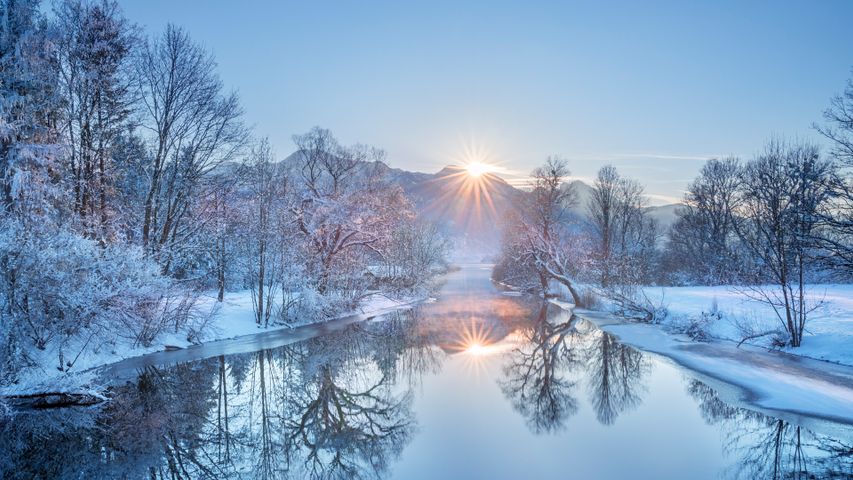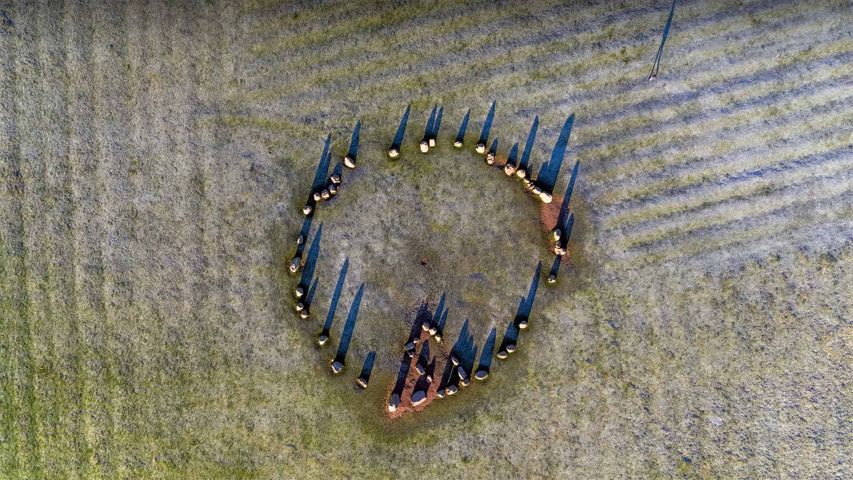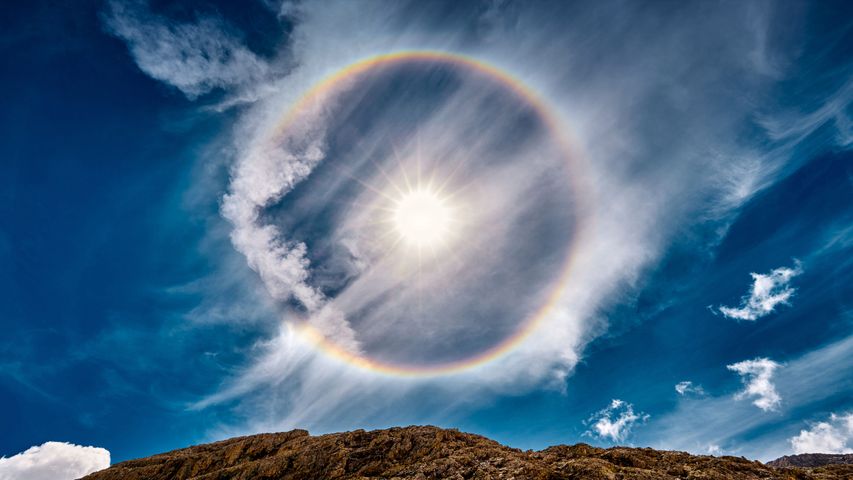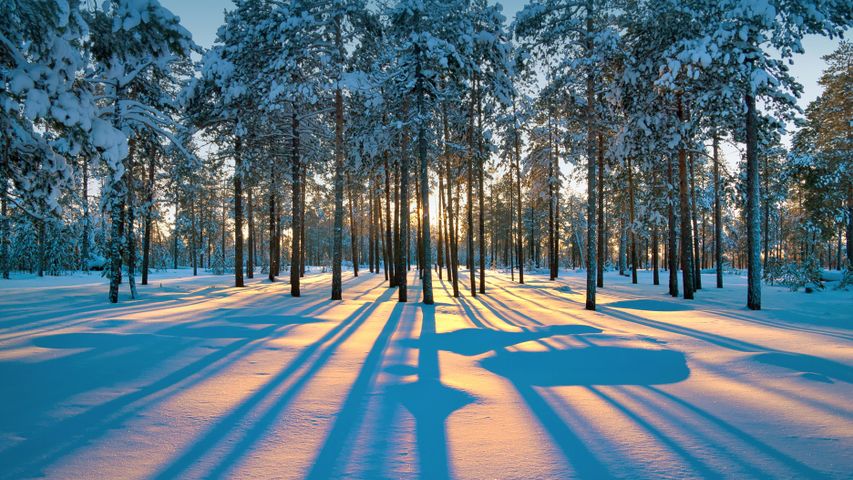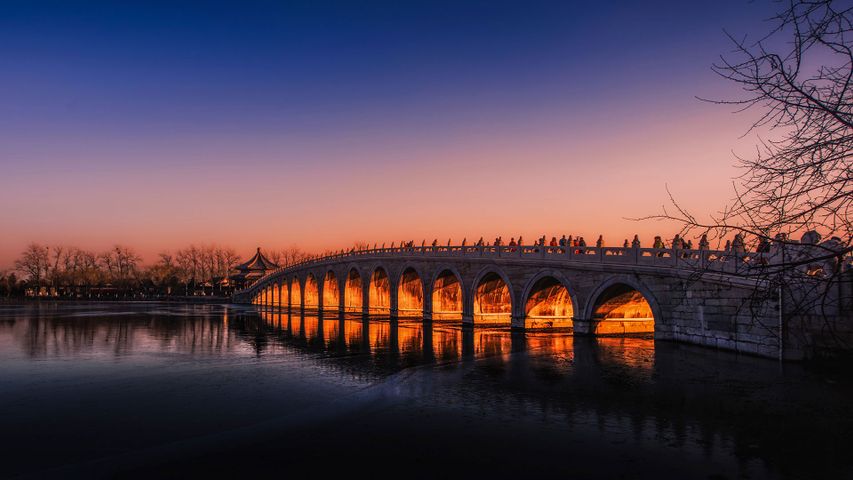Castlerigg stone circle near Keswick, Lake District, Cumbria, United Kingdom
© Alan Copson/plainpictur
Shadows on the solstice
Roughly 5,000 years ago, ancient inhabitants of the British Isles somehow dragged as many as 40 giant stones—the heaviest weighing an estimated 16 tons—onto this grassy plateau in what is now England's Lake District National Park in Cumbria. They then grouped them into the stone circle at Castlerigg, seen here casting shadows from the low winter sun. Archeologists believe stone circles were arranged to align with solar and lunar positions. They were used in elaborate rituals to celebrate occasions like today's winter solstice, the shortest day (and longest night) of the year in the Northern Hemisphere.
Castlerigg is believed to be one of the oldest of the hundreds of stone circles found in Britain. And while it's not as well known as Stonehenge—which was probably begun soon after Castlerigg—its panoramic views of the neighboring Blencathra, Helvellyn, and Skiddaw mountains make it one of the most scenic. Even today, Castlerigg draws winter solstice revelers who beat drums and participate in the magical festival of Yule, in which a log is burned to symbolize the return of heat and light to the sun. And for those of you lamenting the short, cold days of winter, you can take some comfort in knowing that after today the hours of daylight will steadily lengthen, and in six months we'll have traded positions with the Southern Hemisphere and will enjoy long, warm days once again.
Bing Today Images
